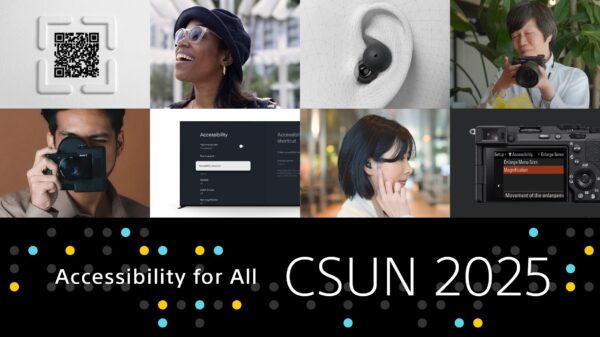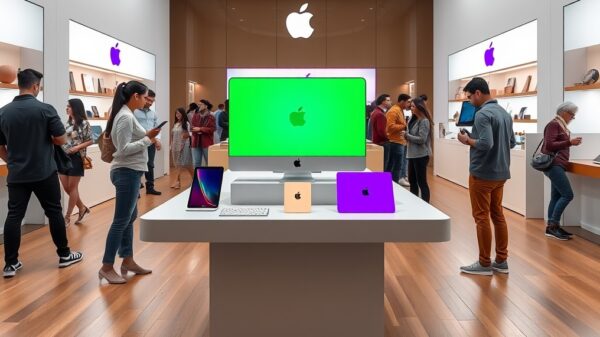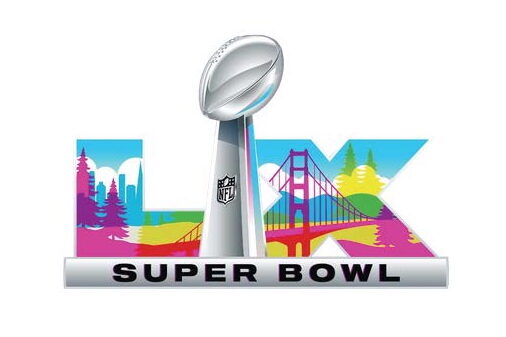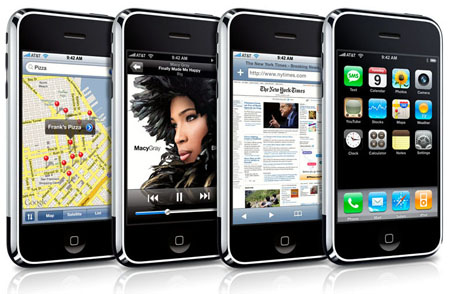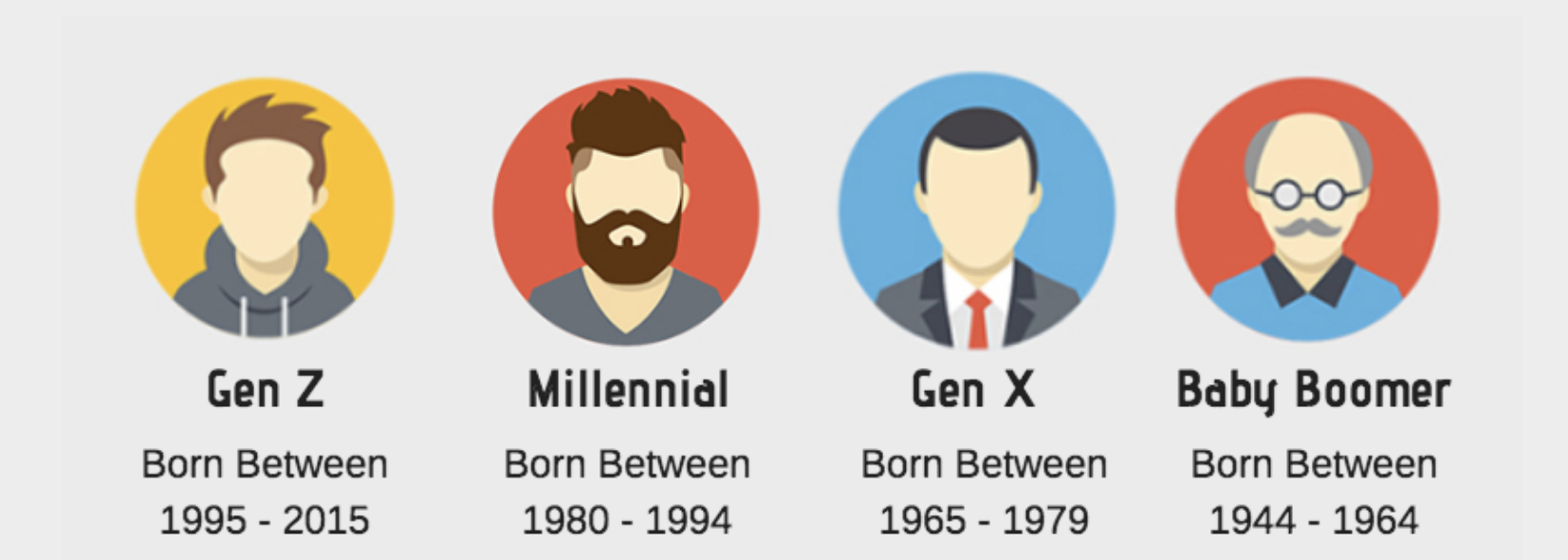ComScore, a leader in measuring the digital world, today released an analysis of mobile and Wi-Fi Internet usage on smartphones in the United States and United Kingdom. Based on census-level behavioral data from comScore Device Essentials, the report studied the share of unique smartphones connecting to operator and Wi-Fi networks to provide insight into Internet connection patterns across markets. Among its findings, the analysis shows a significantly higher percentage of iPhones than Android phones connecting to the Internet via Wi-Fi networks.
“With the rise in adoption of smartphones, tablets, and other connected devices, network operators have seen a surge in mobile web activity and face new challenges in keeping up with data demands while maintaining their quality of service,” said Serge Matta, comScore President of Operator and Mobile Solutions. “As bandwidth usage increases and the spectrum becomes more scarce, operators, OEMs, and others in the mobile ecosystem should understand the different dynamics between the use of mobile and Wi-Fi networks to develop strategies to optimize resources and provide their customers with continued high-quality network service.”
iPhone Users Significantly More Likely to Use Wi-Fi than Android Users
A U.S. analysis of Wi-Fi and mobile Internet usage across unique smartphones on the iOS and Android platforms reveals that 71 percent of all unique iPhones used both mobile and Wi-Fi networks to connect to the Internet, while only 32 percent of unique Android mobile phones used both types of connections. A further analysis of this pattern of behavior in the U.K. shows consistent results, as 87 percent of unique iPhones used both mobile and Wi-Fi networks for web access compared to a lower 57 percent of Android phones.
U.K. Smartphones Show Higher Incidence of Wi-Fi Use Compared to U.S.
The comScore analysis also revealed that 69 percent of total unique smartphones in the U.K. browsed the Internet via both mobile and Wi-Fi network connections, compared to just 38 percent of U.S unique smartphones. U.S. smartphones on the AT&T network were more likely to use Wi-Fi than those on other major operator networks, likely due to AT&T having both a greater iPhone market share and the largest Wi-Fi hotspot network in America. In the U.K., smartphones on the Vodafone, Telefonica and Orange networks were more likely to use Wi-Fi than were others on other U.K. operators.
“The difference in mobile and Wi-Fi network usage across the U.S. and U.K. suggests that there are a few factors at play affecting Wi-Fi utilization rates,” said Matta. “In the U.K., the scarcity of unlimited data plans and higher incidence of smartphone pre-paid contracts with a pay-as-you-go data model likely contributes to data offloading among users wanting to economize their mobile usage. In addition, the current lack of high-speed data networks in the U.K. might also lead users to seek out higher bandwidth capacity on Wi-Fi networks. In the U.S., the increased availability of LTE, 4G and other high-speed data networks currently make it less necessary for smartphone users to offload, but it’s also possible that the diminishing availability of unlimited cellular data plans will eventually push more usage to Wi-Fi.” – Source is from comScore, Inc.








